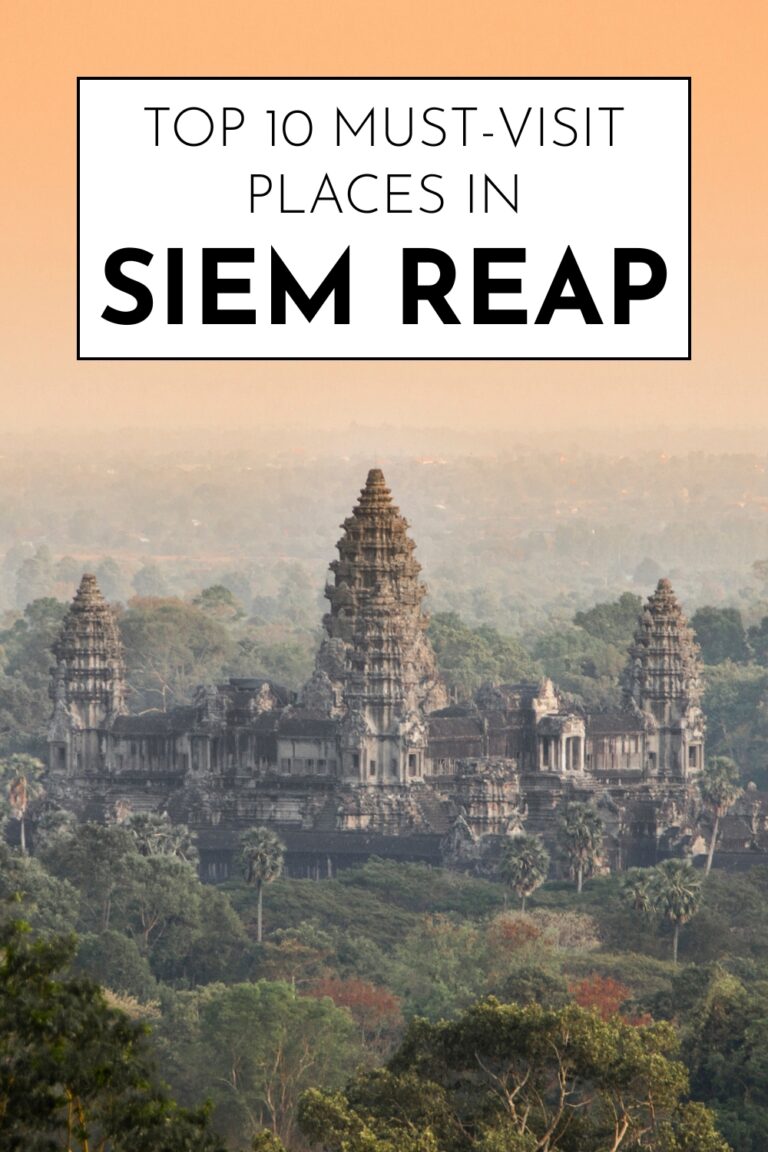Siem Reap, the gateway to the magnificent Angkor temples, stands as one of Southeast Asia’s most captivating destinations. This vibrant Cambodian city, home to approximately 245,000 people, has evolved from a quiet provincial town into a world-renowned tourist hub while somehow maintaining its authentic Khmer character and charm.
The city’s name literally means “Siamese defeated,” referencing a historical victory over Thai forces, but today Siem Reap welcomes visitors from around the globe with open arms. Located in northwestern Cambodia, this UNESCO World Heritage site serves as the perfect base for exploring the ancient Angkor Archaeological Park, which contains over 1,000 temples spanning more than 400 square kilometers.
What makes Siem Reap truly special is its remarkable balance between ancient wonder and modern comfort. You can spend your morning exploring 800-year-old temples built by Khmer kings, then enjoy world-class dining and entertainment in the evening. The city offers everything from budget backpacker hostels to luxury resorts, street food stalls to fine dining restaurants, and traditional markets to modern shopping centers.
Beyond the famous temples, Siem Reap reveals layers of Cambodian culture through its floating villages, traditional arts scenes, bustling markets, and warm-hearted people. The city has become a melting pot where ancient traditions meet contemporary life, creating unique experiences that you won’t find anywhere else in the world.
The best part? All of this incredible diversity is contained within a relatively small area that’s easy to navigate. Whether you’re interested in history, culture, food, nature, or adventure, Siem Reap delivers experiences that will leave you planning your return visit before you’ve even left.
Let’s explore the ten essential places that make Siem Reap an unmissable destination for any traveler to Southeast Asia.
1. Angkor Wat – The Crown Jewel
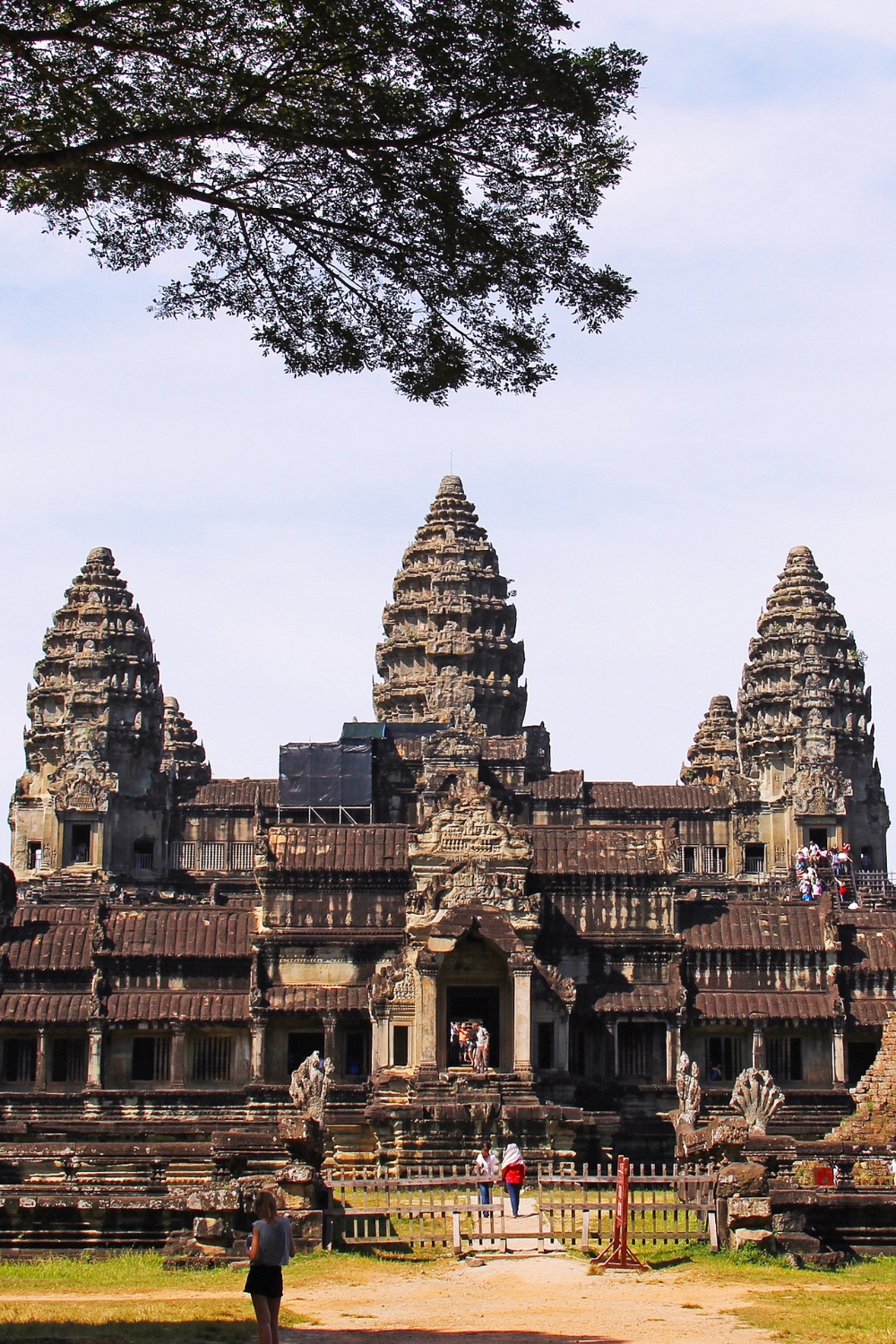
No visit to Siem Reap is complete without experiencing Angkor Wat, the largest religious monument in the world and Cambodia’s most treasured symbol. This 12th-century temple complex represents the pinnacle of Khmer architecture and remains one of humanity’s greatest achievements.
Architectural Marvel and Spiritual Significance
Built in the early 12th century by King Suryavarman VII, Angkor Wat was originally dedicated to the Hindu god Vishnu before gradually transforming into a Buddhist temple. The complex covers 162.6 hectares and took an estimated 30 years to complete, involving over 300,000 workers and 6,000 elephants.
The temple’s design represents Mount Meru, the sacred mountain and center of the universe in Hindu cosmology. Five central towers symbolize the five peaks of Mount Meru, while the outer walls represent the mountains at the edge of the world, and the moat symbolizes the ocean beyond.
Sunrise Spectacle and Photography
The iconic sunrise over Angkor Wat attracts thousands of visitors daily, and for good reason. Watching the sun emerge behind the temple’s distinctive silhouette, reflected in the lotus-filled pools, creates a magical moment that epitomizes the Cambodian experience.
Arrive early (around 5:00 AM) to secure the best viewing spots near the reflecting pools. The best sunrise views are from the left side of the main entrance, where the temple’s reflection creates perfect symmetry in the water. Don’t leave immediately after sunrise – the changing light continues to create beautiful photography opportunities for hours.
Exploring the Temple Complex
The temple complex reveals new wonders as you explore deeper into its corridors and chambers. The famous bas-reliefs along the outer walls tell stories from Hindu epics, including the Ramayana and Mahabharata. The Churning of the Ocean of Milk relief is particularly spectacular, stretching over 50 meters along the eastern wall.
Climb to the central tower for panoramic views over the complex and surrounding forest. The steep stairs require some fitness and courage, but the 360-degree views are worth the effort. The central sanctuary once housed a golden statue of Vishnu, though today it contains Buddhist statues and serves as an active place of worship.
Best time to visit: Early morning (5:00 AM) for sunrise
Duration: 3-4 hours minimum
Entry: Angkor Pass required
Crowds: Busiest at sunrise, quieter mid-morning
2. Bayon Temple – Faces of Serenity
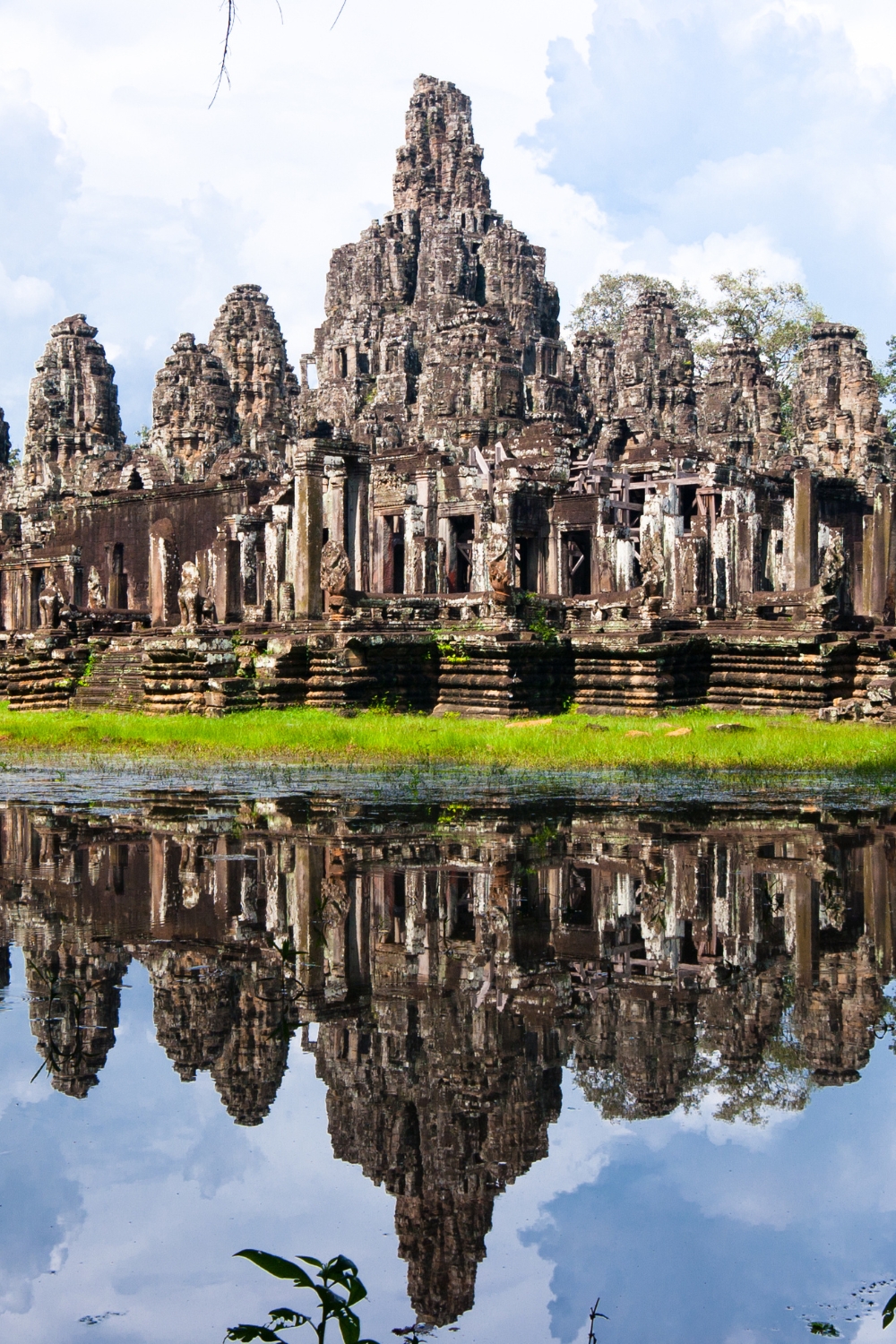
Located in the heart of Angkor Thom, Bayon Temple captivates visitors with its 216 serene stone faces gazing out from 54 towers. This late 12th-century temple represents a unique fusion of Hindu and Buddhist architectural styles that creates an otherworldly atmosphere.
The Enigmatic Faces
The temple’s most striking feature is undoubtedly the massive stone faces carved into each tower. These enigmatic faces, believed to represent either King Jayavarman VII or the bodhisattva Avalokiteshvara, display the famous “Angkor smile” – a gentle, knowing expression that seems to follow you throughout the complex.
Each face is unique, with subtle variations in expression and detail that reward close observation. The interplay of light and shadow throughout the day creates different moods and photographic opportunities. Late afternoon light brings out the faces’ three-dimensional qualities most dramatically.
Intricate Bas-reliefs and Historical Stories
Beyond the famous faces, Bayon Temple contains some of Angkor’s most detailed and well-preserved bas-reliefs. These intricate carvings depict historical events, daily life in the Khmer Empire, and mythological scenes that provide insight into medieval Cambodian culture.
The outer walls feature scenes of historical battles, including conflicts with the Chams, while the inner walls show religious ceremonies and daily activities like market scenes, cooking, and festivals. These reliefs serve as an incredible historical record of life in the Angkor period.
Navigating the Temple Complex
Bayon’s layout can be confusing due to its multi-level design and numerous passages. The temple has three levels, with the famous faces concentrated on the upper level. Take your time exploring the different galleries and chambers – each offers different perspectives on the faces and reliefs.
The central courtyard provides the best overview of the temple’s structure, while the narrow passages between levels create intimate encounters with individual faces. Early morning and late afternoon visits offer the best lighting and fewer crowds.
Best time: Late afternoon for golden light
Duration: 2-3 hours
Photography: Excellent for close-up portraits of faces
Navigation: Complex layout, allow extra time
3. Ta Prohm – Nature Meets Architecture
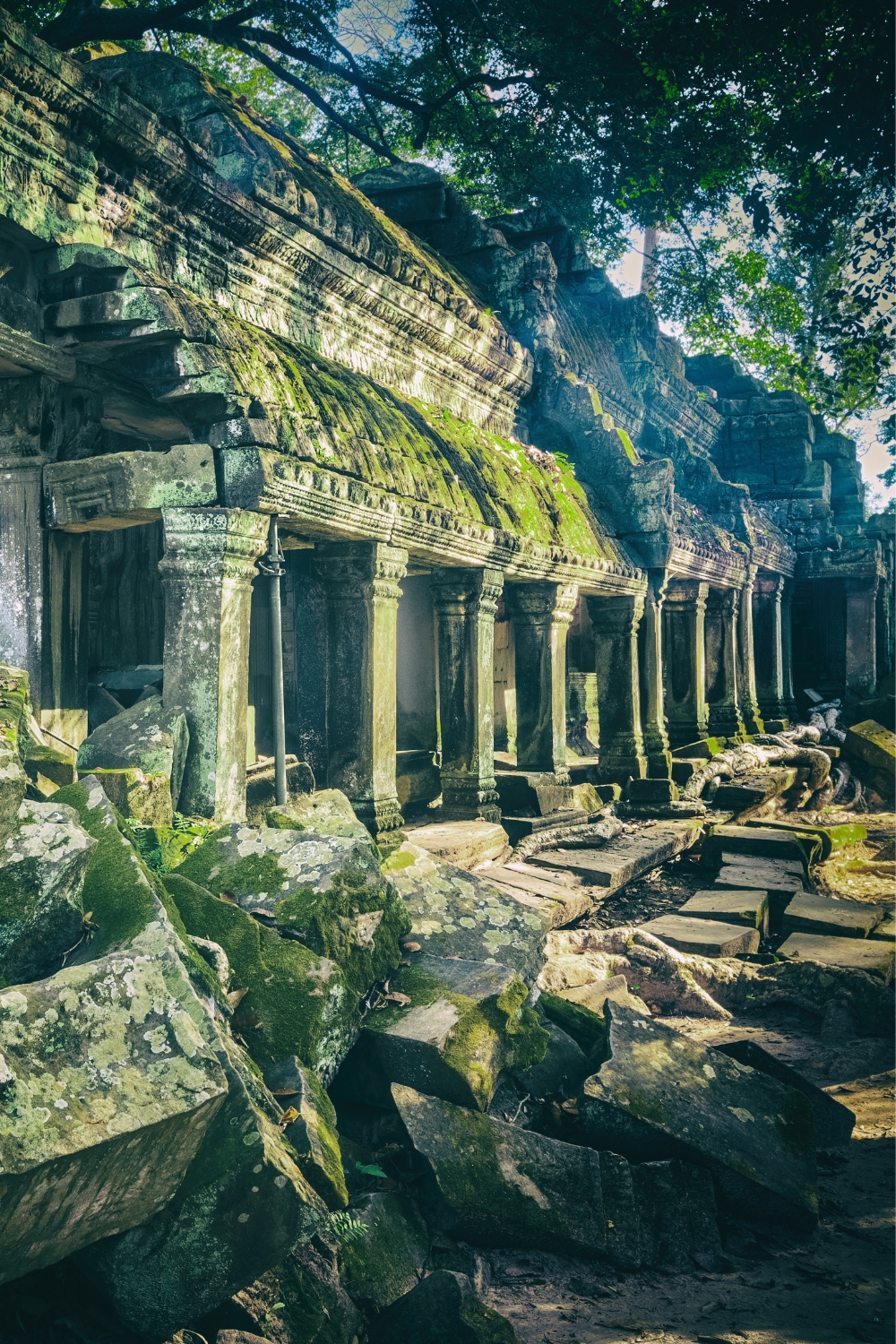
Made famous by the Tomb Raider movie, Ta Prohm offers one of Angkor’s most atmospheric experiences. This 12th-century temple has been deliberately left partially unrestored, allowing massive trees to grow through and around the ancient stones, creating a magical fusion of nature and architecture.
The Jungle Temple Experience
Ta Prohm demonstrates the power of nature to reclaim human creations. Enormous silk cotton trees and strangler figs have grown through the temple’s walls, their roots intertwining with ancient stones to create surreal sculptural forms. The temple feels like a lost world where nature and architecture have reached a delicate balance.
The most photographed tree is the massive silk cotton tree growing through the central sanctuary, but dozens of other trees throughout the complex create equally impressive scenes. The interplay between organic and geometric forms creates endless photography opportunities.
Exploring the Galleries and Chambers
Beyond the famous trees, Ta Prohm contains beautiful galleries, chambers, and courtyards that showcase classic Khmer architecture. The temple was originally called Rajavihara and served as a university and monastery with over 12,500 people living and working within its walls.
Many chambers remain filled with fallen stones, creating atmospheric ruins that evoke the temple’s abandoned past. The acoustics in certain chambers create interesting sound effects, and the filtered light streaming through the forest canopy adds to the mystical atmosphere.
Conservation and Preservation
Ta Prohm represents a fascinating conservation challenge. Authorities must balance preserving the temple’s iconic appearance with preventing further structural damage from tree growth. Some trees have been removed when they threaten the temple’s stability, while others are supported to maintain the site’s famous aesthetic.
The ongoing conservation work uses traditional techniques and materials wherever possible. Watching skilled craftspeople work with ancient building methods provides insight into the original construction techniques used by Khmer builders.
Best time: Early morning or late afternoon
Duration: 2-3 hours
Photography: Excellent for artistic shots
Crowds: Very popular, arrive early
4. Banteay Srei – The Pink Temple
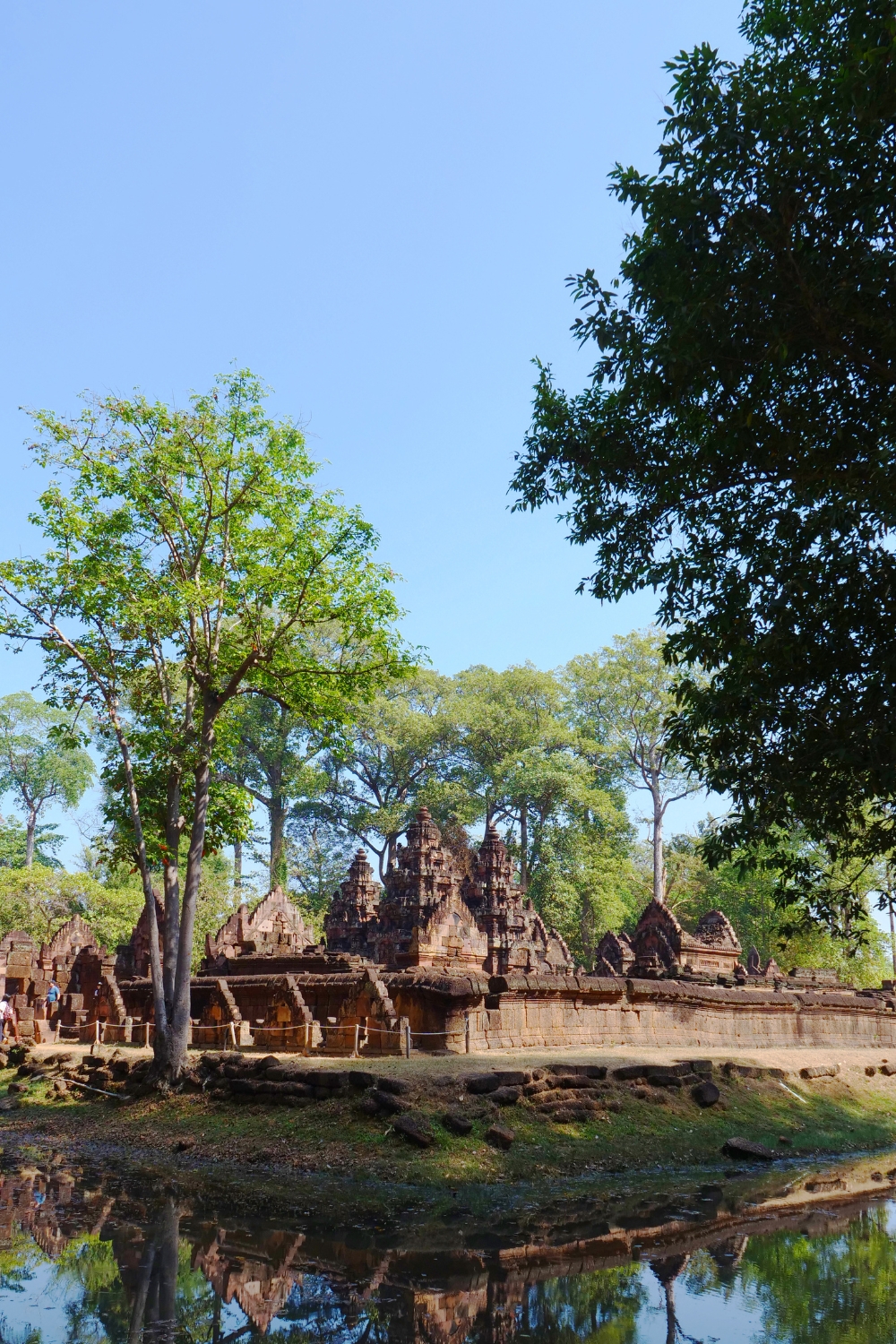
Often called the “Pink Temple” due to its distinctive red sandstone construction, Banteay Srei stands as a masterpiece of Khmer art and architecture. This 10th-century temple, dedicated to the Hindu god Shiva, showcases the finest stone carving in all of Angkor.
Exquisite Stone Carvings
Banteay Srei’s smaller size allowed artisans to lavish incredible attention on detail. Every surface is decorated with intricate carvings that demonstrate the pinnacle of Khmer artistic achievement. The red sandstone proved ideal for detailed carving, allowing artisans to create work of extraordinary delicacy and precision.
The temple’s pediments feature elaborate scenes from Hindu mythology, including the famous depiction of the monkey warriors from the Ramayana. The level of detail is so fine that you can see individual facial expressions, clothing patterns, and decorative elements that would be impossible to achieve in harder stone.
Architectural Harmony and Proportion
Despite its small size, Banteay Srei demonstrates perfect architectural harmony. The temple’s proportions create a sense of balanced elegance, while the three central towers represent the classic Khmer temple mountain design on an intimate scale.
The temple’s layout includes multiple courtyards and galleries that create interesting perspectives and viewpoints. The careful attention to proportion means that every angle reveals new compositional relationships between the various architectural elements.
The Journey to Banteay Srei
Located about 25 kilometers from Siem Reap, Banteay Srei requires a longer journey than the main Angkor temples. The drive takes you through traditional Cambodian countryside, passing rice fields, villages, and palm groves that provide insight into rural Cambodian life.
The temple is often combined with visits to other outlying temples like Banteay Samre or the Roluos Group, making for a full day of exploration. The journey itself becomes part of the experience, offering opportunities to observe daily life in rural Cambodia.
Distance: 25 kilometers from Siem Reap
Best time: Morning or late afternoon
Duration: 1-2 hours
Speciality: Finest stone carving in Angkor
5. Pub Street and Night Markets – Cultural Immersion
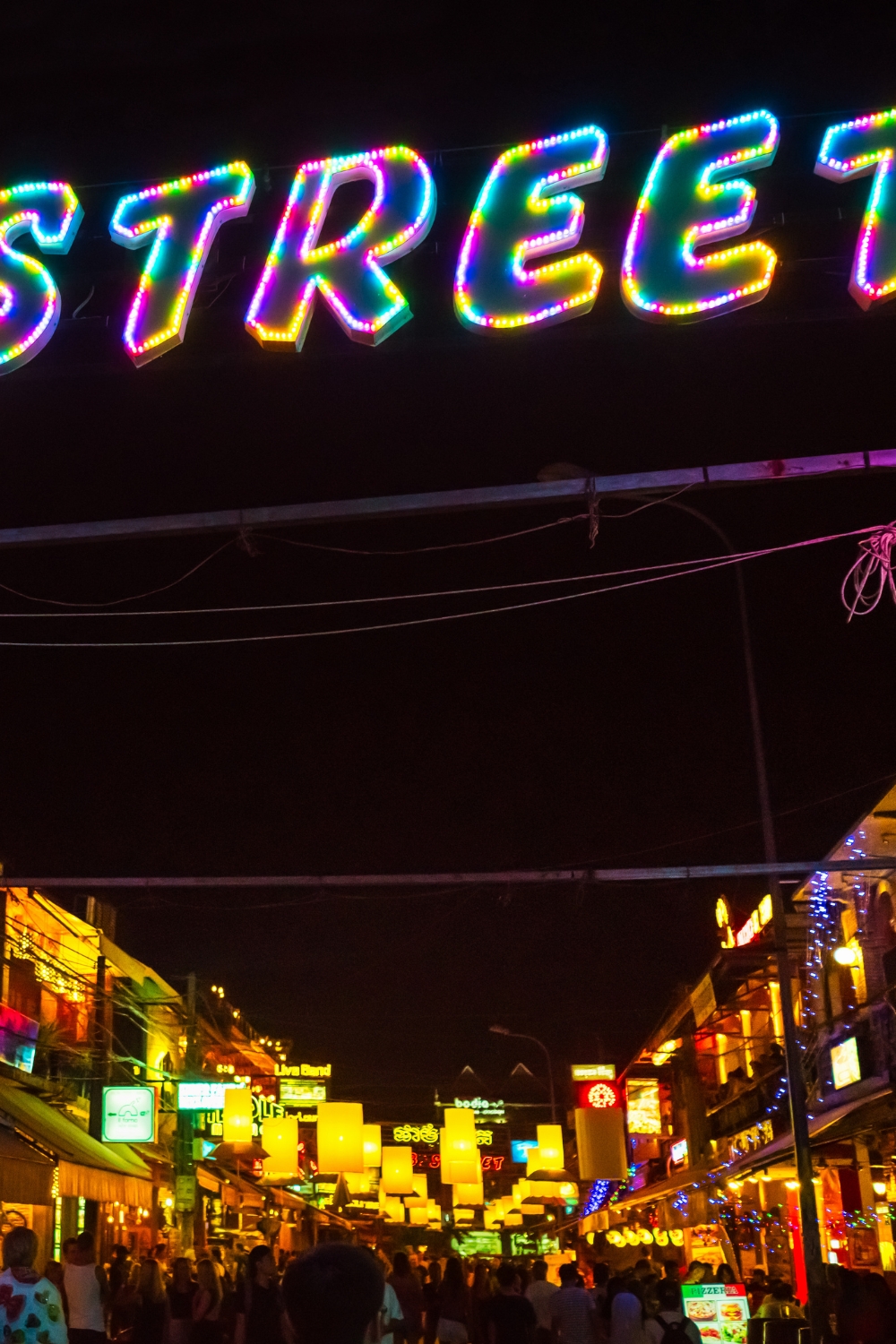
As the sun sets over the ancient temples, Siem Reap transforms into a vibrant hub of dining, shopping, and entertainment. Pub Street and the surrounding night markets offer the perfect introduction to modern Cambodian culture and cuisine.
Culinary Adventures
Pub Street and the nearby night markets serve as Cambodia’s culinary showcase. Traditional Khmer dishes like fish amok, beef lok lak, and nom banh chok (Khmer noodles) are available alongside international cuisine that reflects Siem Reap’s cosmopolitan character.
Street food stalls offer adventurous eaters the chance to try local specialties including deep-fried insects, grilled meats, and tropical fruits. The famous $0.50 draft beer makes it affordable to sample multiple dishes and venues throughout the evening.
Don’t miss trying traditional Cambodian dishes like fish amok (curry steamed in banana leaves), beef lok lak (stir-fried beef with lime and pepper), and fresh spring rolls. Many restaurants offer cooking classes where you can learn to prepare these dishes yourself.
Shopping and Handicrafts
The night markets around Pub Street offer everything from traditional handicrafts to modern souvenirs. Local artisans sell silk scarves, wood carvings, silver jewelry, and traditional musical instruments. The markets provide excellent opportunities to purchase authentic Cambodian crafts while supporting local artisans.
Bargaining is expected and part of the cultural experience. Start by offering about half the asking price and negotiate friendly. Many vendors speak excellent English and enjoy chatting with visitors about their products and techniques.
Entertainment and Nightlife
Pub Street comes alive after dark with live music, traditional dance performances, and vibrant nightlife. Many venues feature live bands playing everything from traditional Khmer music to contemporary rock and pop. The atmosphere is relaxed and welcoming, with locals and tourists mingling freely.
Traditional Apsara dance performances occur at various restaurants and cultural centers throughout the evening. These classical Cambodian dances tell stories from Hindu and Buddhist mythology through graceful movements and elaborate costumes.
Operating hours: 5:00 PM – late night
Best for: Dining, shopping, cultural experiences
Budget: Very affordable to moderate
Atmosphere: Vibrant, international, family-friendly
6. Tonle Sap Lake – Floating Villages
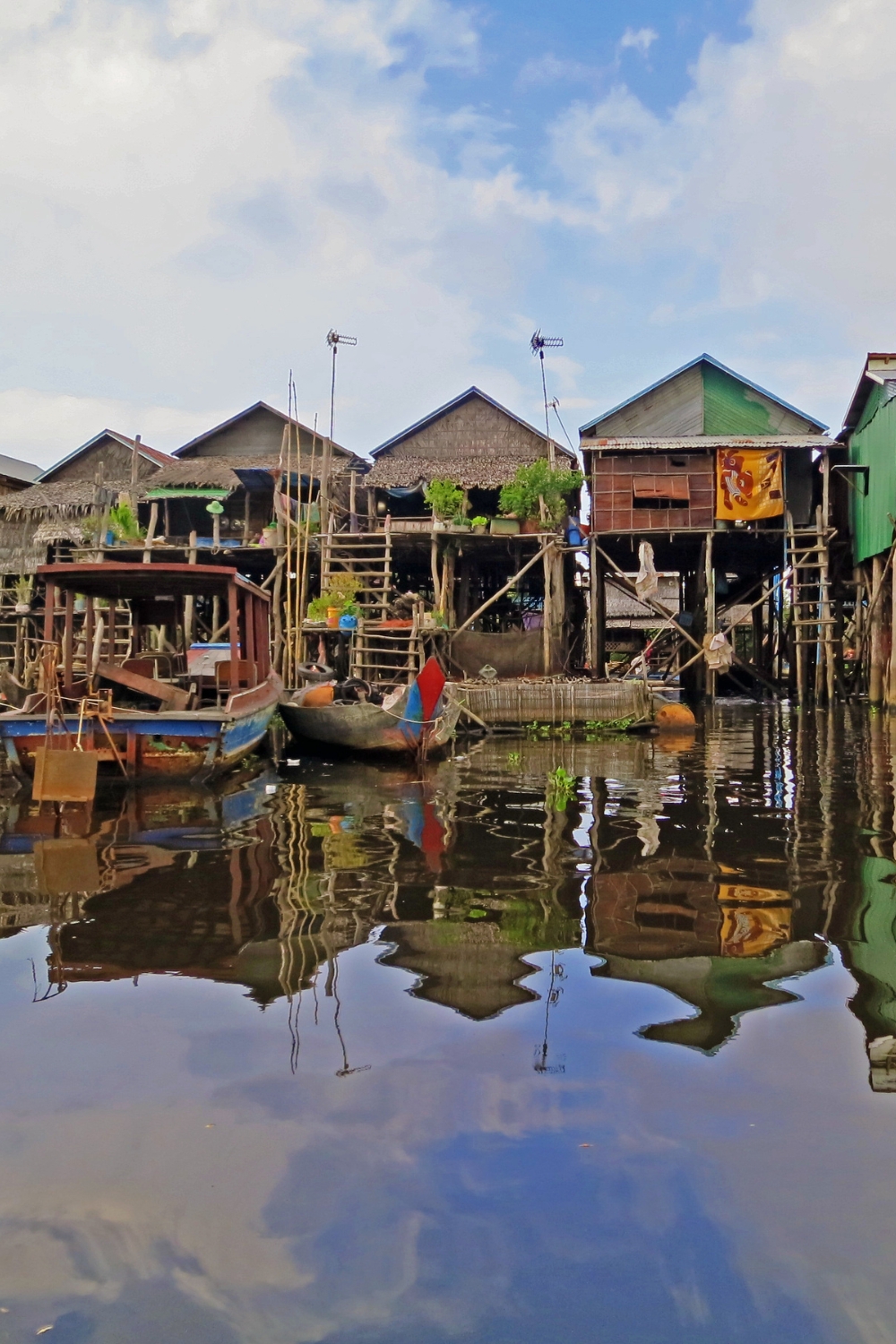
Tonle Sap Lake, Southeast Asia’s largest freshwater lake, offers a completely different perspective on Cambodian life. The lake’s unique ecosystem supports floating villages where entire communities live on the water year-round, adapting to the lake’s dramatic seasonal changes.
The Floating Village Experience
Visiting a floating village like Kampong Phluk or Chong Kneas reveals a fascinating way of life adapted to the lake’s annual flood cycle. During dry season, houses on tall stilts tower above the ground, while during flood season, the same houses float on the risen water.
Boat tours through the villages provide glimpses of daily life on the water. You’ll see floating schools, markets, basketball courts, and even gas stations. Children often paddle to and from school in small boats, and many families live their entire lives without ever setting foot on solid ground.
Unique Ecosystem and Wildlife
Tonle Sap Lake supports an incredible diversity of wildlife, including over 200 fish species and numerous bird species. The lake serves as a crucial breeding ground for fish that feed much of Cambodia and southern Vietnam. During migration seasons, the lake attracts thousands of waterbirds.
The surrounding flooded forests create unique ecosystems that support both aquatic and terrestrial wildlife. Boat tours often include stops in these flooded forests, where you can observe the interaction between water and forest environments.
Cultural Insights and Community Life
The floating villages offer profound insights into human adaptation and community resilience. These communities have developed sustainable fishing practices, water management systems, and social structures that have survived for generations.
Many villages welcome visitors to learn about their traditional fishing techniques, boat building methods, and water-based agriculture. Some communities offer homestay experiences where you can spend a night in a floating house and participate in daily activities.
Distance: 15-20 kilometers from Siem Reap
Duration: Half day
Best season: Dry season (November-April)
Activities: Boat tours, cultural learning, wildlife observation
7. Cambodian Cultural Village – Living Heritage
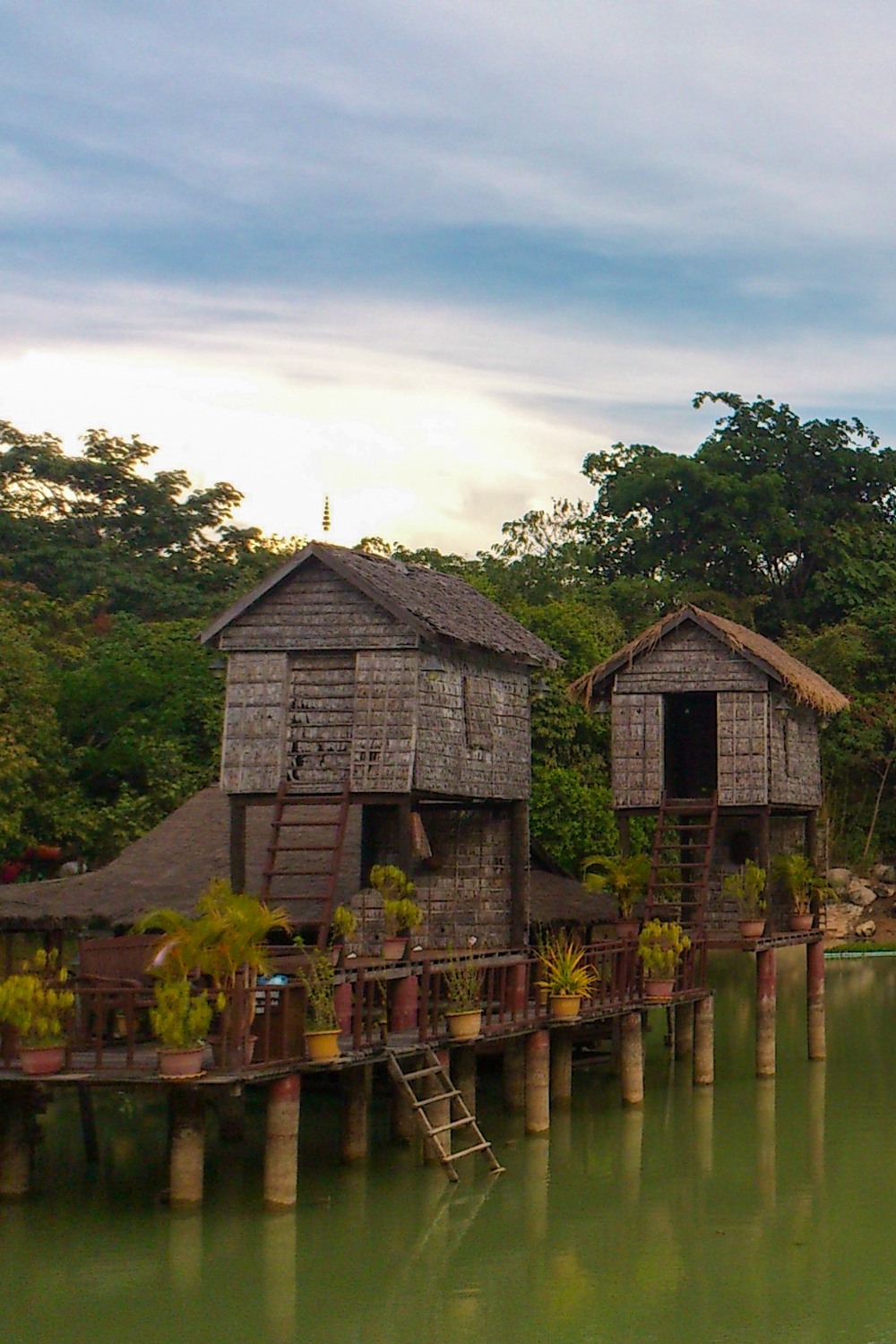
The Cambodian Cultural Village provides an immersive introduction to Cambodia’s diverse ethnic groups, traditional arts, and cultural practices. This living museum showcases the country’s rich heritage through authentic demonstrations, performances, and interactive experiences.
Traditional Arts and Crafts
The village features working demonstrations of traditional Cambodian crafts including silk weaving, pottery, wood carving, and silversmithing. Skilled artisans demonstrate techniques passed down through generations, and visitors can often try their hand at these ancient crafts.
The silk weaving demonstrations are particularly fascinating, showing the entire process from silk worm cultivation to finished textiles. Traditional pottery workshops reveal the techniques used to create both functional and decorative ceramics that have been essential to Cambodian culture for centuries.
Cultural Performances and Education
Daily performances include traditional dance, music, and theatrical presentations that tell stories from Cambodian history and mythology. The famous Apsara dance performances showcase the graceful movements and elaborate costumes that make this art form so captivating.
Educational programs provide context for Cambodia’s complex history, including the Khmer Empire period, colonial influences, and modern developments. The village serves as an excellent introduction to Cambodian culture for first-time visitors.
Architecture and Village Life
The village features authentic reproductions of traditional Cambodian architecture from different historical periods and ethnic groups. Traditional stilt houses, temple structures, and village layouts demonstrate how Cambodians have adapted their building techniques to the local environment.
Interactive exhibits allow visitors to experience traditional village life, including cooking demonstrations, agricultural practices, and household activities. The village provides a concentrated cultural experience that would take weeks to encounter in rural Cambodia.
Duration: 3-4 hours
Best for: Cultural education, families
Activities: Demonstrations, performances, hands-on experiences
Entry fee: $12 USD
8. Angkor National Museum – Historical Context
Before or after exploring the temples, the Angkor National Museum provides essential historical context and cultural background that enhances the entire Angkor experience. This modern museum uses multimedia presentations and artifact displays to tell the story of the Khmer Empire.
Comprehensive Historical Overview
The museum’s chronological galleries trace the development of Khmer civilization from pre-Angkorian times through the height of the empire and its eventual decline. Interactive displays and detailed explanations help visitors understand the complex political, religious, and social factors that shaped Angkor.
The museum’s collection includes over 1,000 artifacts, including sculptures, ceramics, and architectural elements that provide context for what you’ll see at the temples. High-quality replicas allow close examination of details that might be difficult to see at the actual temple sites.
Religious and Cultural Insights
Special exhibitions focus on Hindu and Buddhist influences in Khmer art and architecture. The museum explains the religious symbolism found throughout Angkor, making temple visits more meaningful and educational.
The Golden Mile of Buddha exhibition showcases the evolution of Buddhist art in Cambodia, while the Gallery of 1000 Buddhas demonstrates the incredible variety of Buddha representations in Khmer sculpture.
Modern Museum Experience
The museum building itself represents modern Cambodian architecture and design. Climate-controlled galleries protect both visitors and artifacts from Cambodia’s tropical climate, while multimedia presentations bring ancient history to life through sound, light, and interactive technology.
Audio guides in multiple languages provide detailed explanations of exhibits, while the museum shop offers high-quality books, reproductions, and cultural items that make excellent souvenirs.
Duration: 2-3 hours
Best timing: Before temple visits
Languages: Multiple language options
Climate: Air-conditioned comfort
9. Phare Circus – Contemporary Cambodian Arts
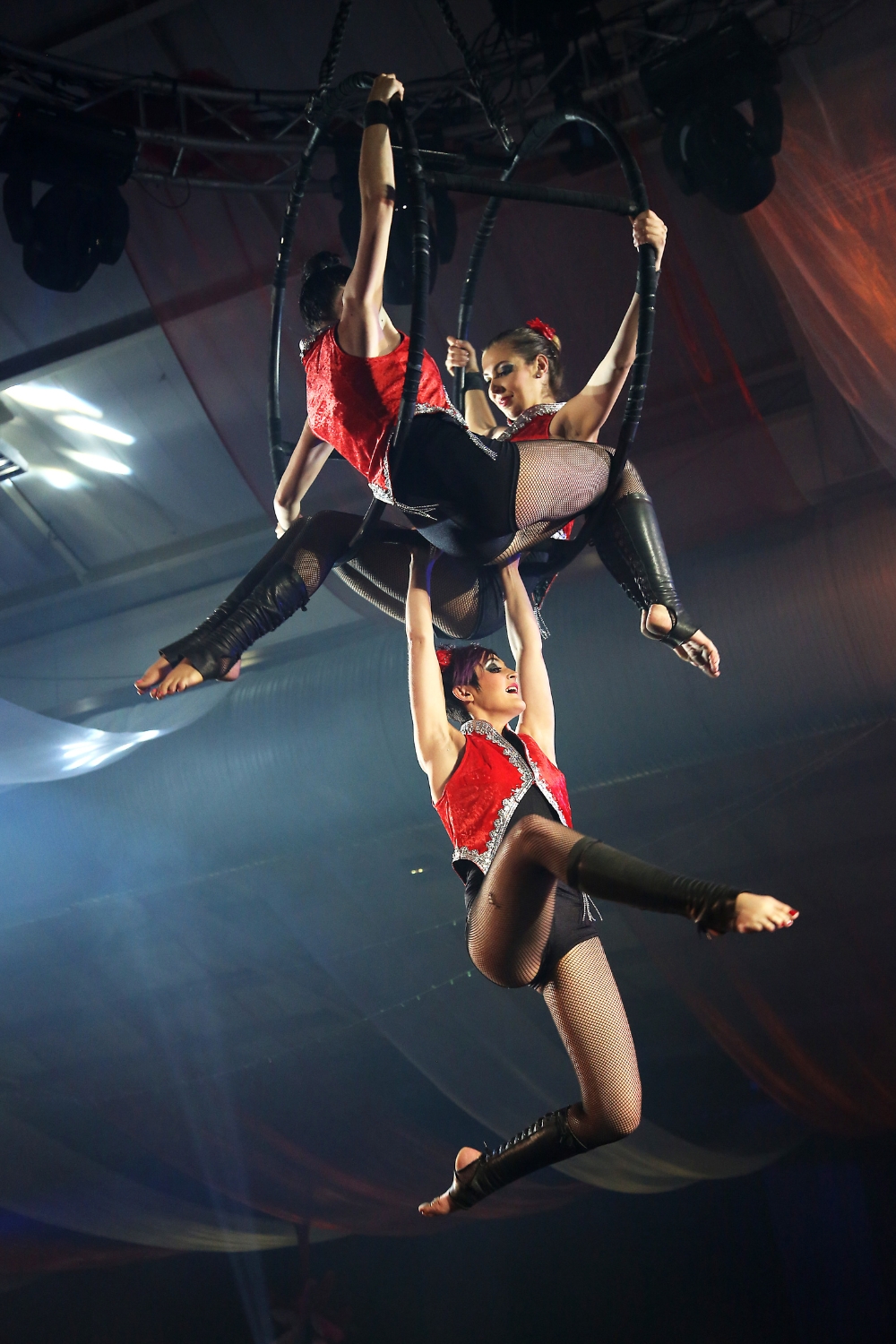
Phare Circus represents the vibrant contemporary arts scene that has emerged in Cambodia over the past two decades. This unique performance combines traditional Khmer culture with modern circus arts, music, and storytelling to create unforgettable entertainment.
Artistic Excellence and Social Impact
Phare Circus performances showcase incredible artistic talent while telling stories that reflect contemporary Cambodian experiences. The performances often address social issues, historical events, and cultural themes through a combination of acrobatics, music, theater, and dance.
The circus serves as both entertainment and social enterprise, providing training and employment opportunities for young Cambodians while preserving and evolving traditional performance arts. Many performers come from disadvantaged backgrounds and use their artistic skills to build better lives for themselves and their families.
Dynamic Performances and Storytelling
Each Phare show tells a different story, ranging from traditional folktales to contemporary social commentary. The performances combine death-defying acrobatics with humor, music, and emotional storytelling that transcends language barriers.
The intimate theater setting allows audiences to feel connected to the performers and fully immerse themselves in the stories being told. The energy and enthusiasm of the performers create an infectious atmosphere that makes every show memorable.
Supporting Local Artists
Attending Phare Circus directly supports Cambodia’s emerging arts community and provides sustainable employment for talented young performers. The organization also runs educational programs that teach performance skills to disadvantaged youth throughout Cambodia.
The circus gift shop offers artwork, crafts, and merchandise created by students and graduates of their programs. Purchasing these items provides additional support for the organization’s social mission.
Show times: Evening performances
Duration: 90 minutes
Booking: Advanced reservations recommended
Social impact: Supports disadvantaged youth
10. Kulen Mountain – Sacred Landscapes
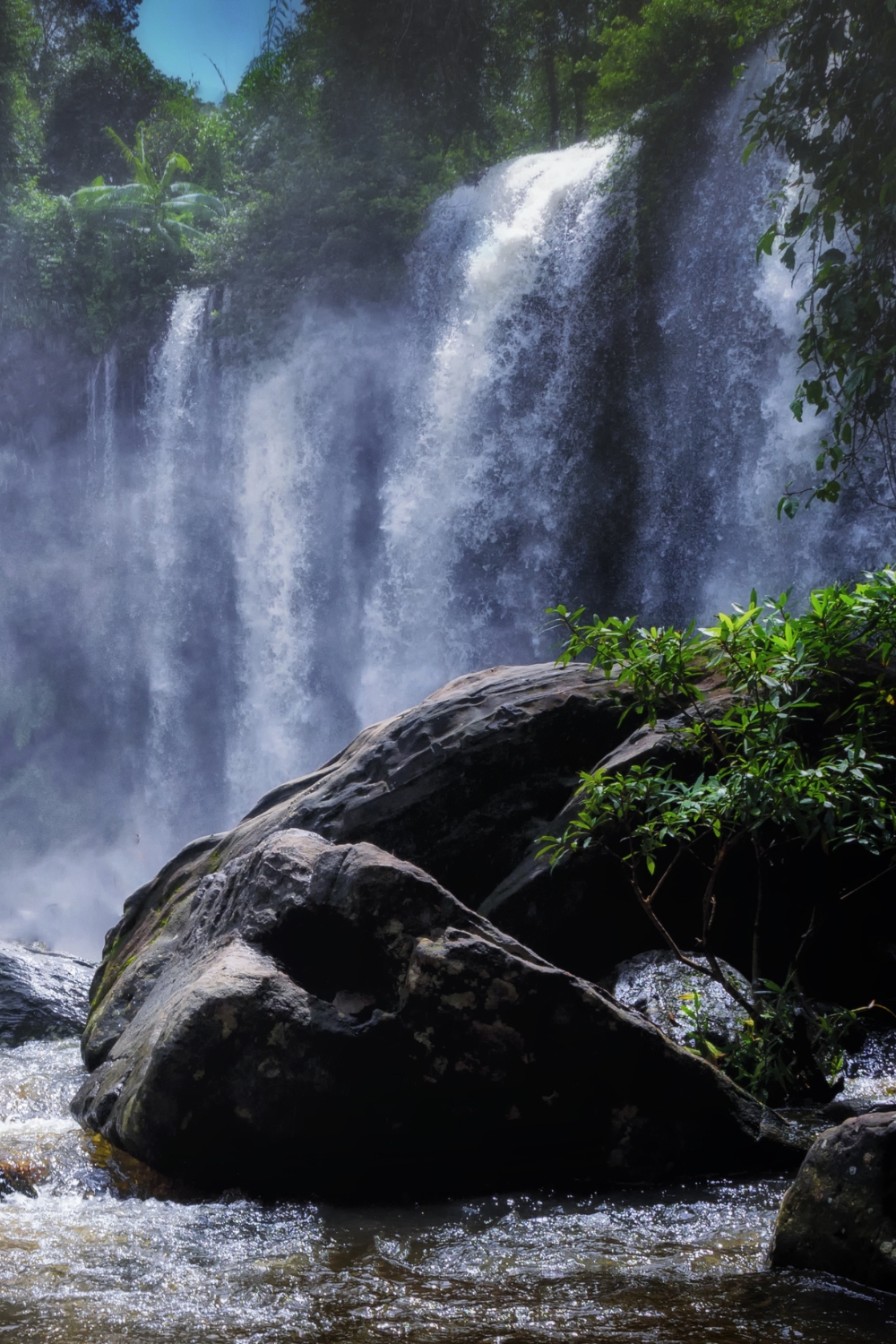
Phnom Kulen, located about 50 kilometers from Siem Reap, holds special significance as the birthplace of the Khmer Empire. This sacred mountain combines natural beauty with religious importance, offering waterfalls, ancient temples, and spiritual experiences away from the crowds.
Sacred Mountain and Religious Significance
Phnom Kulen is considered the most sacred mountain in Cambodia, where King Jayavarman II declared independence from Java in 802 CE, founding the Khmer Empire. The mountain remains an important pilgrimage site for Cambodians, who come to pray at its temples and bathe in its holy waters.
The mountain contains numerous ancient temples and religious sites, including a large reclining Buddha carved directly into the rock. The River of a Thousand Lingas features hundreds of carvings in the riverbed that represent Hindu deities and symbols.
Natural Beauty and Waterfalls
The mountain’s waterfalls provide refreshing swimming opportunities and stunning natural beauty. The main waterfall cascades about 20 meters into a pool that’s perfect for swimming and relaxation. The surrounding forest provides shade and creates a peaceful atmosphere away from the temple crowds.
The journey to the waterfalls involves hiking through tropical forest that showcases the region’s biodiversity. Various trails lead to different waterfalls and viewpoints, allowing visitors to choose their level of adventure and exploration.
Cultural Experiences and Local Life
The mountain area includes traditional villages where you can observe rural Cambodian life and culture. Local vendors sell traditional foods, handicrafts, and religious items that reflect the mountain’s spiritual significance.
Many Cambodian families make pilgrimages to Phnom Kulen, especially during religious festivals. Visiting during these times provides opportunities to observe traditional religious practices and cultural celebrations.
Distance: 50 kilometers from Siem Reap
Duration: Full day
Activities: Temple visits, swimming, hiking
Best season: Dry season for easier access
Planning Your Siem Reap Adventure
Getting Around and Transportation
Siem Reap offers various transportation options to suit different budgets and preferences. Tuk-tuks are the most popular choice for temple visits, offering open-air comfort and reasonable prices. A tuk-tuk for the day costs around $15-20 USD and can accommodate 2-4 people comfortably.
Bicycle rentals provide an eco-friendly way to explore the temples while getting some exercise. Many guesthouses and hotels offer bicycle rentals for $2-5 USD per day. The flat terrain around most temples makes cycling accessible for most fitness levels.
For longer distances or air-conditioned comfort, car rentals with drivers are available for $40-60 USD per day. This option works well for visits to outlying temples like Banteay Srei or Phnom Kulen.
Temple Passes and Admission
The Angkor Pass is required for all temple visits and comes in three options: one-day ($37), three-day ($62), or seven-day ($72) passes. The three-day pass offers the best value for most visitors and can be used over a one-week period.
Purchase passes at the official ticket booth before visiting any temples. Your photo will be taken and printed on the pass, which must be carried at all times. Guards check passes at temple entrances, and violations result in significant fines.
Best Times to Visit
Peak Season (November-March): Cool, dry weather perfect for temple exploration. Expect larger crowds and higher prices, but ideal conditions for all activities.
Hot Season (April-May): Very hot and humid, but fewer crowds and lower prices. Start early morning visits and take midday breaks in air-conditioned spaces.
Rainy Season (June-October): Afternoon rains and high humidity, but lush landscapes and fewer tourists. Many activities remain possible with proper planning.
Cultural Sensitivity and Respect
When visiting temples, dress modestly with covered shoulders and knees. Remove hats and shoes when entering temple buildings. Speak quietly and avoid pointing feet toward Buddha statues or religious objects.
Photography is generally permitted, but flash photography may be restricted in certain areas. Always ask permission before photographing people, especially monks or local residents.
Bargaining is expected in markets and with tuk-tuk drivers, but remain respectful and friendly. Learning basic Khmer phrases like “hello” (sua s’dei) and “thank you” (aw kohn) is appreciated by locals.
Conclusion
Siem Reap offers an extraordinary combination of ancient wonders, cultural richness, and modern comfort that creates truly unforgettable travel experiences. From the breathtaking sunrise over Angkor Wat to the vibrant energy of Pub Street, from the serene faces of Bayon to the floating villages of Tonle Sap Lake, each destination reveals different facets of Cambodia’s remarkable heritage.
What makes Siem Reap special is its ability to transport visitors across centuries and cultures within a single day. You can explore temples built by ancient kings, learn traditional crafts from skilled artisans, sample incredible cuisine, and witness contemporary artistic performances all in one compact area.
These ten must-visit places represent the diversity of experiences available in Siem Reap, but they only scratch the surface of what this remarkable destination offers. The city’s greatest strength lies in its people – warm, resilient, and proud of their heritage – who welcome visitors with genuine hospitality and enthusiasm.
Whether you’re fascinated by ancient history, passionate about cultural immersion, seeking natural beauty, or simply looking for adventure, Siem Reap delivers experiences that will exceed your expectations. The temples alone justify the journey, but the complete Siem Reap experience – combining ancient wonders with living culture – creates memories that will last a lifetime.
Start planning your Siem Reap adventure today, and prepare to discover why this incredible destination has captured the hearts of travelers from around the world. The ancient Khmer kings built monuments to last forever, and their legacy continues to inspire and amaze visitors more than 800 years later.
